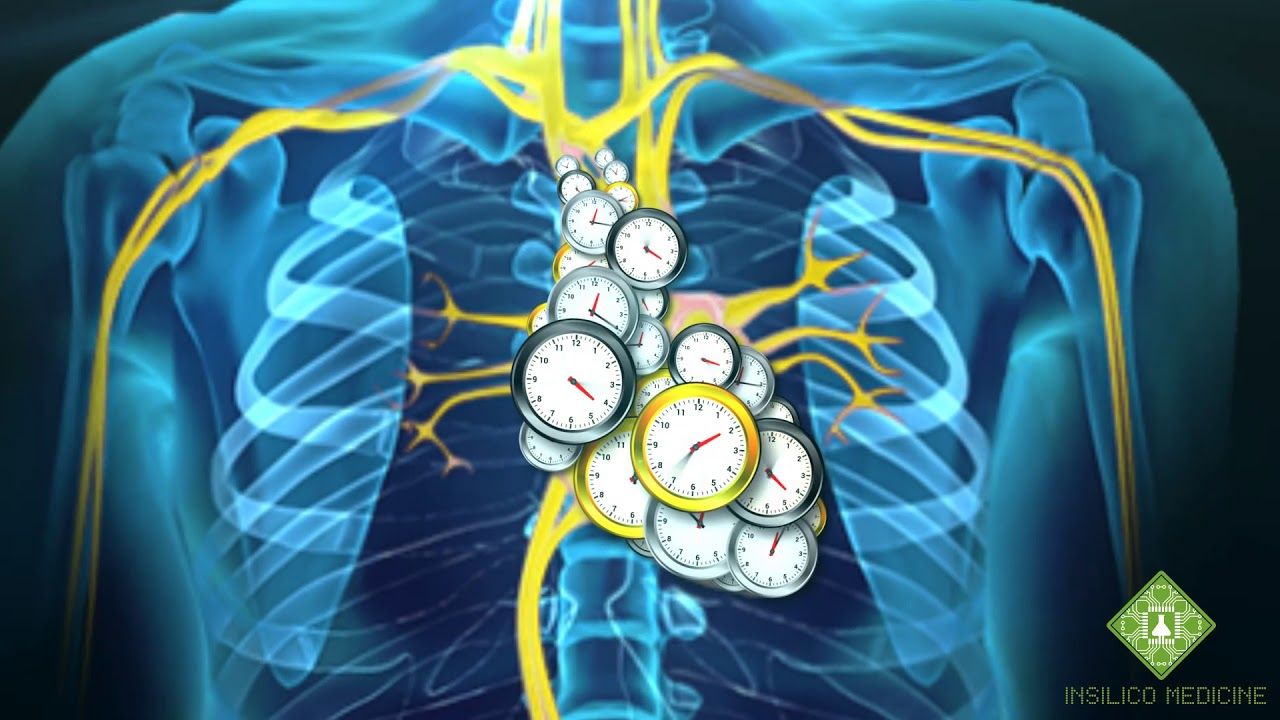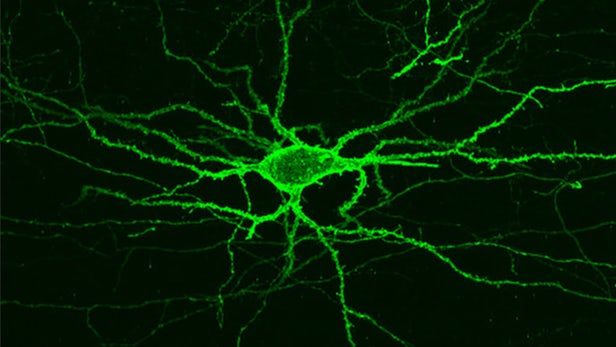Page 9871
Feb 28, 2018
Forces of change: The future of mobility
Posted by Genevieve Klien in categories: business, economics, robotics/AI, transportation
The transition toward a new mobility ecosystem could have wide-reaching impacts that span a host of industries and players, including—but not limited to:
Global automotive OEMs face momentous and difficult decisions. OEMs will need to determine if they should evolve from a (relatively) fixed capital production, first-transaction, product-sale business into one centered on being an end-to-end mobility services provider. This would represent a profound business model change and the development of entirely new capabilities to be competitively and sustainably viable.
The traditional capabilities of vehicle manufacturers and suppliers will likely need to expand, collaborating with autonomous vehicle technology suppliers, software developers, and others to provide a much broader range of product choices.12 There are complex economics in being able to manufacture vehicles similar to today’s mass-produced driver-owned cars, highly customized personally owned autonomous vehicles, and utilitarian pods for urban environments. Manufacturers will likely require not only today’s traditional supply chains but new manufacturing capabilities that allow advanced, low-cost, efficient customization. They will need to determine if they should redesign their business model to compete in all four future states or to focus on one segment.
Continue reading “Forces of change: The future of mobility” »
Feb 28, 2018
The culture of crypto mining is changing: here’s how
Posted by Genevieve Klien in categories: bitcoin, computing, cryptocurrencies
Cryptocurrencies have become a major topic of interest in the United States, in part due to the extreme volatility of the flagship cryptocurrency, Bitcoin. Bitcoin rose from a modest value (under $1,000) to more than $15,000 in the span of a year, and now hovers between $6,000 and $12,000, with wild fluctuations throughout the days and weeks. It’s a potentially lucrative investment, but also a risky one—especially considering how new the concept of cryptocurrencies really is.
In addition to buying and selling cryptocurrencies, consumers are more actively involving themselves in crypto mining, the process of creating new digital currency. But the culture surrounding crypto mining is changing, and it may never be the same again.
Before you can understand how crypto mining is changing, you have to understand how it started, and what it is today. To hold its value, cryptocurrency needs to exist in a finite amount, and just like printing money, it needs an initial distribution. The system also relies on a network of peers (i.e., hundreds to thousands of computers) to audit each transaction on the network; in other words, the community of computers has to agree that a transaction is legitimate before it’s finalized as a “block” and added to the blockchain.
Continue reading “The culture of crypto mining is changing: here’s how” »
Feb 28, 2018
The predictive powers of AI could make human forecasters obsolete
Posted by Genevieve Klien in categories: biotech/medical, health, robotics/AI
Thousands of years ago, oracles read the future through divine inspiration. Today, we’ve still got Oracle making predictions (along with many other forward-thinking tech firms), but it uses something a little more grounded. Artificial intelligence and its capacity to assess approaching events are pretty awe-inspiring even without the supernatural flair.
Many industries are looking to artificially intelligent software to help make predictions on everything from a customer’s buying decisions to which medical treatments will be most effective for a sick patient. Though we live in a world that still depends on the educated guesses of experts, it is becoming increasingly clear that next generation of prognosticators will be more silicon-based than carbon-based.
AI is a prediction technology at its very essence. With the ability to evaluate data exponentially faster than any person, machine learning programs can assess patterns, make connections, and test hypotheses in less time than it takes their human equivalent to pour a cup of coffee. Thanks to its advanced capabilities, AI’s predictions are already taking shape, with strong implications for retail, health care, and the way we understand the world around us.
Continue reading “The predictive powers of AI could make human forecasters obsolete” »
Feb 28, 2018
New AI-based app measures our body’s aging clock and helps us to rewind it
Posted by Brady Hartman in categories: biological, life extension, robotics/AI

https://youtube.com/watch?v=BQwo9q-FV-w
Scientists developed an accurate AI-based ‘Aging Clock’ that tells our biological age for free and helps us to rewind our clock.
Feb 28, 2018
What’s All The Buzz? BioViva’s Platform For Expedited Drug Development
Posted by Montie Adkins in categories: biotech/medical, life extension
BioViva is a platform to expedite the development of drugs and treatments that affect human healthspan. To achieve this goal BioViva has developed a comprehensive set of biomarkers of aging, which include molecular, physiological, anatomical, clinical, and qualitative markers. BioViva also collaborates with clinicians, biomedical scientists, and statisticians to develop innovative protocols for adaptive clinical trials for gene and cells therapies. Finally, BioViva has built a bioinformatics pipeline to analyze the data generated from the biomarkers of aging in human trials, and validate the treatments that are effective for treating the aging process.
BioViva has recently partnered with a paid-for clinical trial company Integrated Health Systems (IHS). IHS connects doctors with patients who want to take part in paid-for clinical trials. During our collaboration with IHS they will utilize our adaptive clinical trial protocols to conduct gene and cell therapy trials. All patients will undergo pre- and post testing using BioViva’s comprehensive biomarkers of aging platform. Treatment efficacy, and patient well being will be assessed using our bioinformatics pipeline…
The goal of BioViva is to accelerate the development of products that will effectively, and cost-efficiently treat biological aging. Our platform is designed to provide expedited and reliable feedback to our clinical and manufacturing partners, so that they may rapidly iterate their products and services to help patients improve the quality and quantity of life.
Continue reading “What’s All The Buzz? BioViva’s Platform For Expedited Drug Development” »
Feb 28, 2018
First light which ever shone in universe picked up
Posted by Genevieve Klien in categories: physics, space
T he first light which ever shone in the universe has been detected by astronomers scouring the skies for the earliest stars.
Using a simple radio antenna positioned in the quietest place on Earth — the western Australian desert — scientists picked up a signal of the long-sought ‘cosmic dawn.’
The breakthrough was described as ‘revolutionary’, ‘trailblazing’ and the most important discovery in astronomy since the detection of gravitational waves in 2015.
Continue reading “First light which ever shone in universe picked up” »
A s was the case in January, there are two full Moons in March, one on the 2nd and one on the 31st.
The second full Moon in a month has popularly become known as a Blue Moon even though this is not the original definition. That stated a Blue Moon was the third full Moon in a season which contained four full Moons.
The occurrence of two full Moons in January followed by two in March takes place approximately four times every century.
Feb 28, 2018
MIT imaging technique sheds light on the brain’s electrical activity
Posted by Genevieve Klien in categories: biotech/medical, neuroscience
Researchers at MIT have developed an imaging technique that will help study exactly how electrical signals propagate through the brain, in an advance that could help us better understand Alzheimer’s, epilepsy, and other brain disorders, as well as how thoughts and feelings are formed.
Brain MRIs offer important insight into how our brains work, but they can only produce crude approximations of the areas that are activated by a given stimulus. In order to unravel the minutiae of how neurons communicate and collaborate to form thoughts and feelings, we would need imaging tools with vastly improved resolutions.
Today, far from being able to tackle the 86 billion neurons in the human brain, neuroscientists must settle for studying simple organisms like worms and fish larvae (with neuron counts in the hundreds), relying on slow and cumbersome methods like implanting electrodes into brain tissue to detect electrical signals.
Feb 28, 2018
Blockchain to blockchains: Broad adoption and integration enter the realm of the possible
Posted by Genevieve Klien in categories: bitcoin, futurism
Now that everyone is getting comfortable with blockchain platforms, what’s next? Companies should look to standardize the technology, talent, and platforms that will drive future initiatives—and, after that, look to coordinate and integrate multiple blockchains working together across a value chain.

















